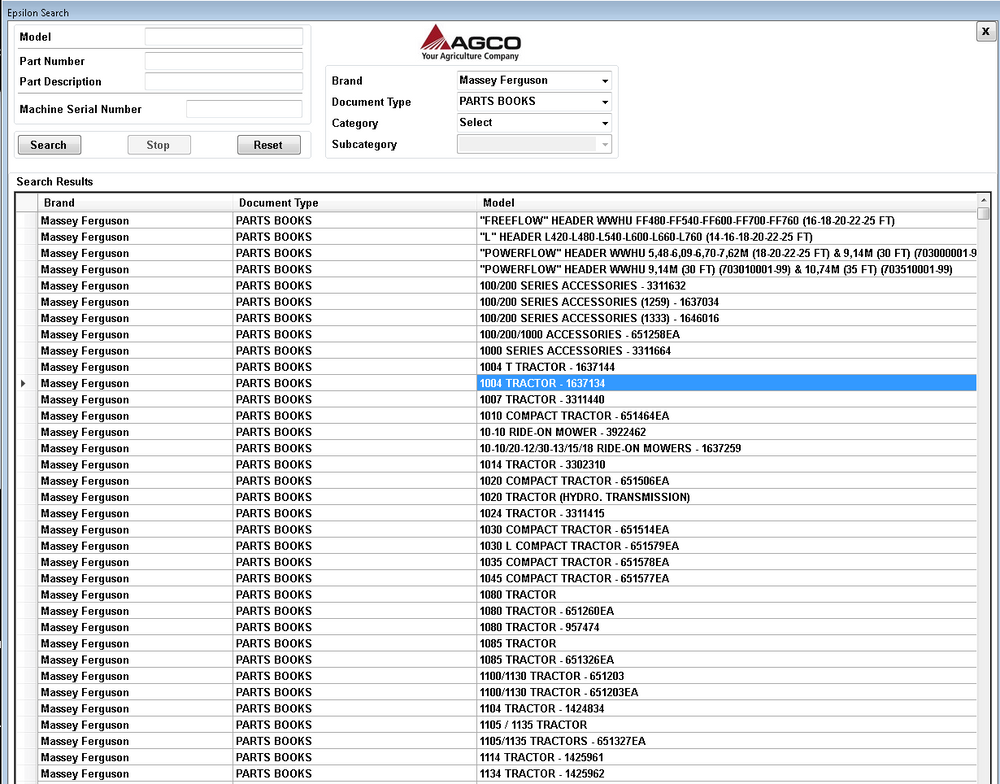

As the channel center is approached, the display changes to a single arrow, and at the center the arrows disappear (they reappear in the reverse sequence, pointing in the opposite direction, if the tuning continues through the channel center). As a station frequency is approached, a double arrow appears above the tune line, indicating the direction in which the dial pointer should be moved for correct tuning. Two horizontal parallel lines are marked tune and sic. In the upper right corner of the front panel, next to the dial scale, there is a compact array of pale white indicators.

The FM-tuning indicator of the 3125 is unusual and effective.

Most of the other control functions of the Penney 3125 are conventional, except that LEDs are used for all the indications once handled by meters (including audio power output). Defeat buttons bypass the equalizer circuits. Compared to the older model, the number of LEDs that show the equalizer settings has been doubled, so that each detented control setting has a corresponding and unambiguous light indication. Each control has a nominal range of ☑5 dB. The center frequencies of the equalizer sections are 60, 240, 1,000, 4,000, and 16,000 Hz. The integral five-band graphic equalizer, in lieu of tone controls, has been retained (with separate knobs for the two channels, making ten in all). The most obvious specification improvement in the 3125 is its audio power rating: 125 watts per channel into 8 ohms from 20 to 20,000 Hz with no more than 0.05 per cent total harmonic distortion (the 3275 was rated at 75 watts with 0.25 per cent distortion). It closely resembles the earlier 3275 in styling and size. The Penney audio line, called the MCS ("Modular Component Systems") series, is now headed by a more powerful receiver, the Model 3125.


 0 kommentar(er)
0 kommentar(er)
